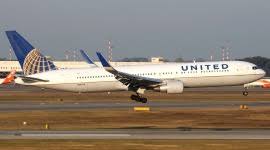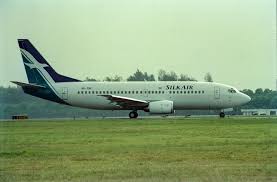Recent Developments and Challenges at British Airways (BA)

Introduction
British Airways (BA), one of the largest airlines in the United Kingdom and a member of the International Airlines Group (IAG), has made headlines recently due to various shifts in operations, customer service strategies, and responses to the challenges posed by the post-pandemic travel recovery. In an era where customer expectations are rapidly evolving and environmental concerns are becoming paramount, the strategies adopted by BA not only shape its own future but also reflect broader trends in the aviation industry.
Current Operational Changes
Throughout 2023, British Airways has implemented several operational adjustments in response to ongoing demand fluctuations. Following a significant recovery in air travel in 2022, the airline announced the reinstatement of numerous routes that had been suspended during the pandemic. BA has notably expanded its transatlantic services, aimed at enhancing connectivity between the UK and North America. However, with rising fuel prices and labour shortages impacting the industry, BA has had to manage operational efficiency carefully.
Customer Service Initiatives
In light of customer feedback and the competitive airline market, BA has introduced new customer service initiatives aimed at improving passenger experience. This includes enhanced digital offerings such as improved mobile check-in capabilities and real-time flight updates. Moreover, BA has pledged to refurbish its cabin interiors across many aircraft, offering passengers a more modern and comfortable flying experience. According to a recent survey by the Civil Aviation Authority, customer satisfaction levels at BA have shown gradual improvement thanks to these initiatives.
Environmental Commitments
Another significant focus for BA has been its commitment to sustainability amid increasing scrutiny over the environmental impact of air travel. The airline has pledged to achieve net-zero carbon emissions by 2050, investing in sustainable aviation fuels and technology to reduce its carbon footprint. BA’s recent partnerships with biofuel producers aim to introduce greener alternatives into its operational model, showcasing its intent to lead in environmental sustainability within the aviation sector.
Conclusion
As British Airways navigates the complexities of the modern aviation landscape, the strategies it adopts to enhance operational efficiency, improve customer service, and commit to sustainability will play crucial roles in shaping its future. With ongoing challenges such as economic fluctuations and fuel price volatility, the coming months will be pivotal for BA. The significant changes undertaken by this iconic airline demonstrate how it is adapting to new realities, ensuring it remains competitive while addressing the concerns of passengers and the environment alike.









